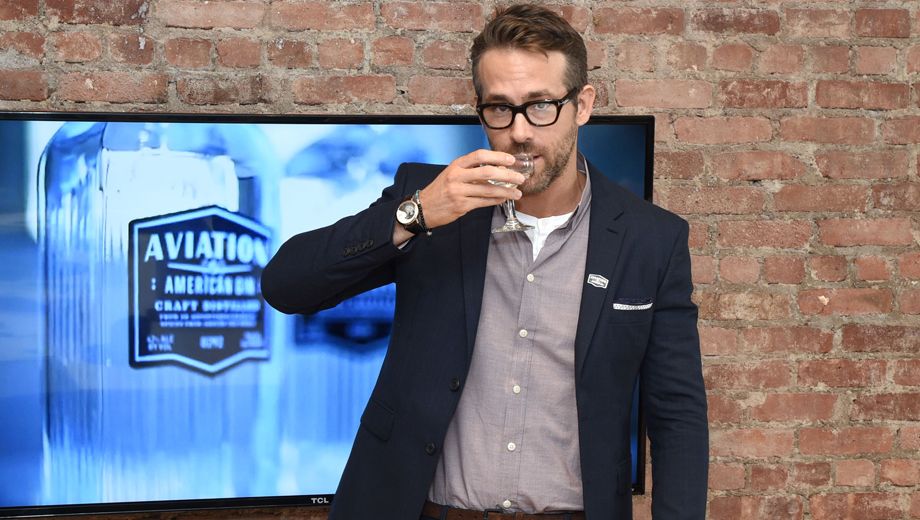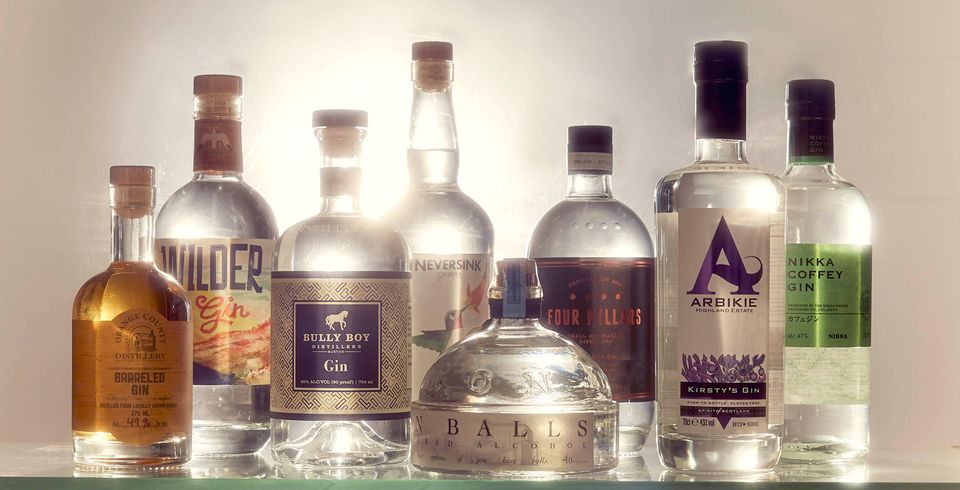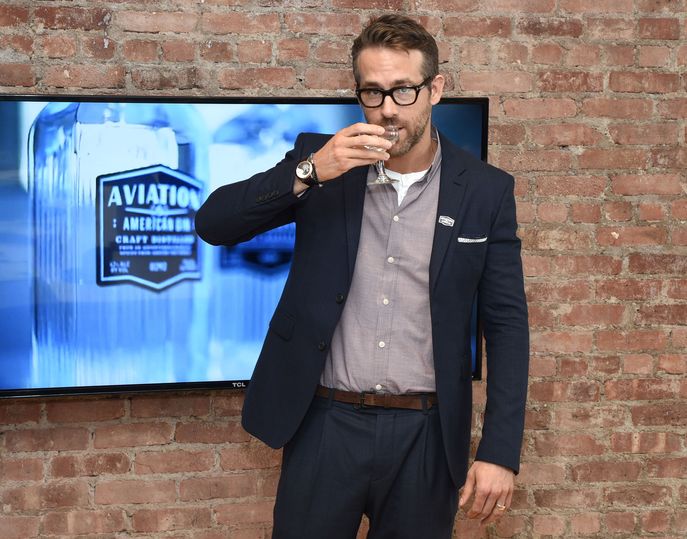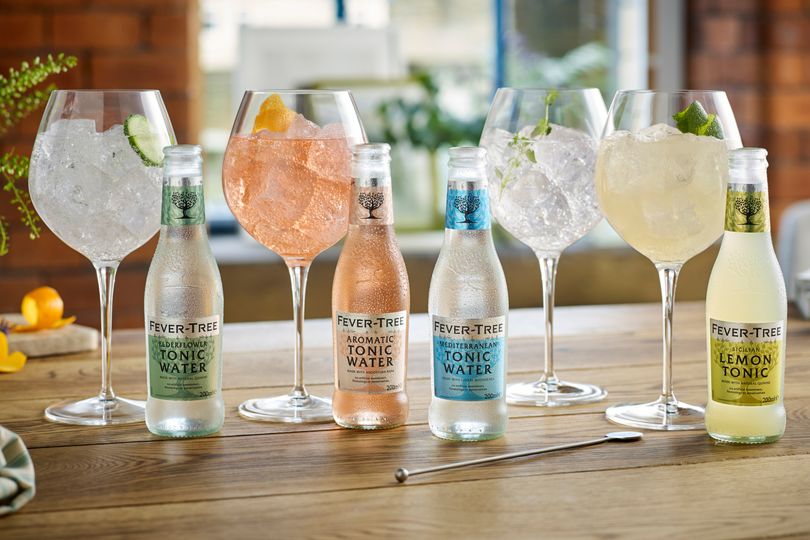Why Ryan Reynolds is backing the boom in boutique gin

Rising sales and plenty of love from bartenders and drinkers alike are giving gin a buzzy resurgence.
Sales of super-premium gin – bottles typically priced above US$35, were up 12.9 percent in 2017, according to the Distilled Spirits Council. Last year gin sales in the U.K. surpassed £1 billion (A$1.75 billion) for the first time.
Joseph Boroski, bar director at New York’s latest speakeasy the 18th Room, attributes gin’s recent success among bartenders to its ability to blend in. “One word: versatility,” he says. Darker spirits such as whiskey can overpower more subtle flavors, but gin can take any number of guises, whether in a refreshing Collins or a serious martini.
Just as important is the relative ease with which enterprising entrepreneurs can enter the market. Gin is distilled by using another neutral spirit – vodka, typically – infused with juniper and other botanicals to give it a signature taste. They can include coriander seeds, lemon peel, and less-common ingredients that highlight the local terroir, from purple sage to kelp.

“Once you’ve locked in your recipe, you can turn around gin in about a week,” says Dave Willis, head distiller and co-founder of Bully Boy Distillers in Boston.
The eight-year-old company produces almost 50,000 bottles of gin a year, including proprietary blends it makes for places such as the Langham Boston hotel. Willis says people who appreciate the nuance of Scotch or rye find similar qualities in gin. “Gin is the single malt of the clear spirits,” he says. “What we’ve seen in the last few years, peaking right now, is a proliferation of gin brands.”
Megan Daniel, bar manager at the gin-focused Whitechapel in San Francisco, suggests the trend is also the result of a generational shift. “Millennials, for sure, are getting more and more into gin,” she says. “It’s becoming more diverse. There are gin-tiki cocktails for the rum set and barrel-aged gins that attract whiskey drinkers.”
Perhaps the biggest clue to gin’s rise is the presence of a major celebrity figurehead, which was previously the realm of nightclub-style spirits like vodka (Diddy) and tequila (Clooney). Earlier this year, Aviation American Gin, a distiller based in Portland, received a significant financial stake from Deadpool star Ryan Reynolds. He was named owner in February.
At a media tasting Tuesday, Reynolds argued that even with the proliferation of gins on the market there’s room for more, even beyond his Aviation label. “Vodka might be at a saturation point, but I see a huge white space for gin,” he said. (And no, he’s not just in it for a big payday like Clooney.)
Coincidentally or not, “Aviation is seeing near-triple-digit growth vs. last year in many key markets,” says Andrew Chrisomalis, chief executive officer of Davos Brands, Aviation’s parent company.
Tonic water rides the gin wave
Gin’s rise in popularity is such that its go-to mixer is even seeing a notable spike.
Singapore-based East Imperial Superior Beverages’ high-end, citrus-accented Burma and Yuzu tonics have grown 60 percent from a year earlier, according to founder Kevin Law-Smith. And Fever-Tree, the first premium mixer on the market when it started in 2005, has expanded its range with a new Aromatic tonic.
The pink-hued fizz is made with angostura bark and pairs especially well with juniper-forward gins such as Plymouth. They also offer Mediterranean, Elderflower, and classic Indian versions.
“Fever-Tree’s success has been aided by the renaissance of gin,” says Charles Gibb, CEO for North America. “In the past six months in the U.S., we have seen a growth of 23 percent and are growing 46 percent year-over-year, according to latest Nielsen reporting.” The value of Fevertree Drinks Plc shares have almost doubled over the past 12 months.


Hi Guest, join in the discussion on Why Ryan Reynolds is backing the boom in boutique gin